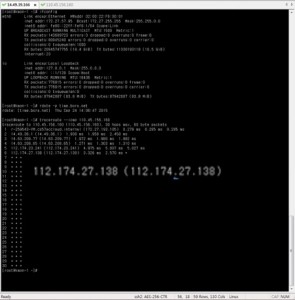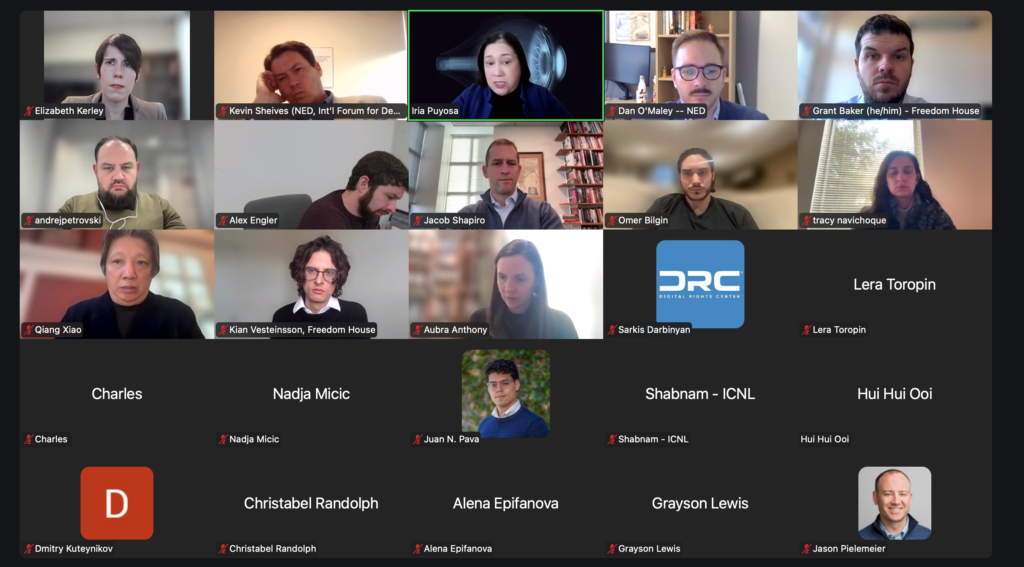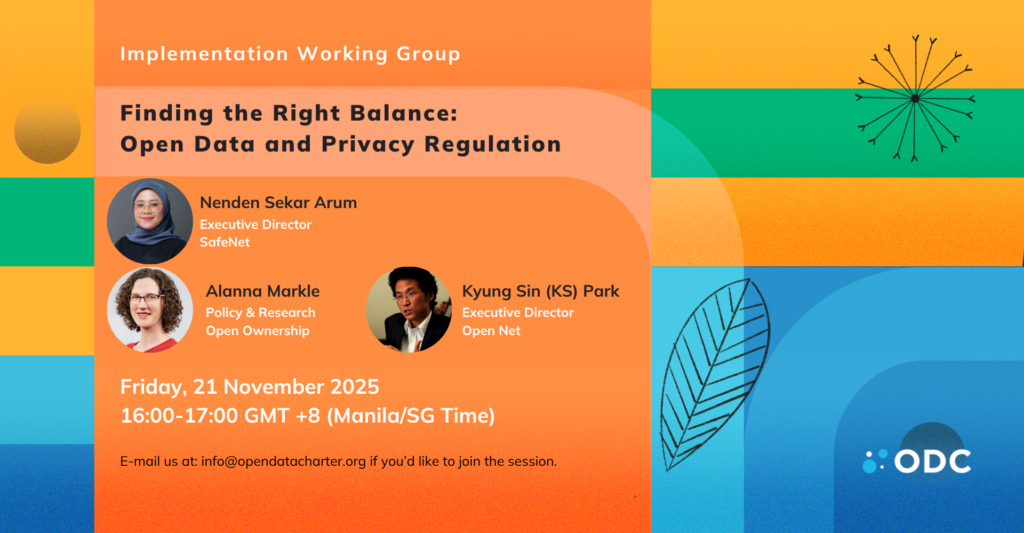Around two months ago, Open Net was informed of massive blocking of P2P traffic by the biggest ISP in Korea, KT Corporation (formerly Korea Telecom). It’s shocking but we see it probable as KT was ranked as one of “the word’s top bittorrent manipulators” in 2009, 2010 and 2012. But we carried out a verification (for details, see [1] below), and found that KT has actually blocked at least 575 IP addresses of servers for P2P grid service from May 8 to October 7, 2015.
The number is huge in comparison with the officially reported IP addresses blocked by top three broadband providers (KT, SK Telecom/Broadband, and LGU+). IP addresses we found blocked by KT for six months amount to 67% of total blocked IP addresses officially reported for three years, meaning that KT didn’t tell the government the truth about their blocking of P2P traffic.
| Company/Year | 2013 | 2014 | 2015 | Total |
| KT | 143 | 40 | 79 | 262 |
| SKT | – | – | 6 | 6 |
| LGU+ | 124 | 33 | 217 | 374 |
| SKB | 115 | 66 | 41 | 222 |
| Total | 382 | 139 | 343 | 864 |
<Reasonable Traffic Management for recent three years (numbers of IP addresses) by top three broadband providers | Source: MP Yoo and Ministry of Science, ICT & Future >
All of the IP addresses (some exceptions in blocking of September 21) choked by KT are for P2P grid servers, which were intended to provide hybrid CDN (Contents Delivery Network) services for webhard service providers (also known as cyberlockers). Unlike KT, other ISPs (SKT/SKB and LGU+) were found not to interfere with the packets for the P2P grid servers. Only subscribers of KT were blocked.
Flagrant Breach of Network Neutrality Principle
KT’s blocking is in a direct conflict with the network neutrality principle set forth in the Guideline on Network Neutrality and the Reasonable Traffic Management (December 26, 2011, Korea Communications Commission) and the Standard for Reasonable Traffic Management and Use of Telecommunication Network and for Transparency of the Traffic Management (December 2013, Ministry of Science, ICT & Future). The Network Neutrality Guideline and the Standard make clear that open and fair Internet environment is vital for sustainable development of ICT ecosystem and provide four rules for determining whether any traffic management is reasonable or not: transparency, proportionality, non-discrimination, and technical features. None of the four prongs are observed by KT.
- Transparency: Under the transparency prong, the broadband providers have to disclose their management policy in general and when they implement the policy in a specific case, they have to notify end users who are directly affected in advance or ex post in unavoidable circumstances. However, KT has never notified targeted end users who have tried to use the P2P grid service. The only thing KT did was a general and vague notice of May 2012 saying that KT may, on the basis of service contract, restrict its service to end users who did not use the KT network for consumer purpose. But the contract-base traffic management was rejected during drafting process and excluded from the Network Neutrality Guideline and the Standard.
- Proportionality: The proportionality prong is to be met when the broadband providers have sought the least-affective way and when the management complies with the purpose and motivation. In case of a congestion control, which will be the best resort KT may rely upon, the Network Neutrality Guideline and the Standard say that lowering the speed temporarily against certain heavy users is allowable. Further, overall traffic blocking for congestion control is unacceptable as an excessive solution to problems. However, KT has, for cutting off the P2P traffic, blocked access altogether by dropping every packet heading for the P2P grid servers, and the measures taken by KT were nothing but blocking, neither throttling nor degrading, and sustained for 24 hours. This is the most disproportionate measure the broadband provider can take.
- Non-discrimination: The non-discrimination clause requires the broadband providers to treat similar traffic and devices not in an unreasonably discriminatory way. But KT selectively blocked the P2P grid traffic for the webard services. Another P2P traffic of hosting service providers was exempted from KT’s arbitrary management. Webhard or cyberlocker service providers are classified as hosting service providers under the Copyright Act. And the P2P grid technology is widely used in Korea for mass-distributing contents such as web-based cartoon and video streaming services, game program updating, anti-malware program distribution, and webcasting of sports events by many contents service providers. Also iPlayer of BBC, Sky and Channel 4 in U.K. take advantage of the hybrid CDN technologies and Media Telecom Network of China Telecom, PPLive of PPTV, and PPStream also utilize the P2P CDN technology. Then it is clear that KT discriminates webhard P2P traffic.
Regulations for network neutrality fails to work
The Network Neutrality Guideline and the Standard were first discussed back in 2010. In 2011, the Korea Communications Commission (KCC, a strong governmental regulatory body) took the lead of discussions with a diverse range of stakeholders for drafting the Guideline. Since the adoption of the Guideline in December 2011, KCC and the Ministry of ICT held dozens of meetings, forum and discussion tables with contents providers, broadband providers, civil societies, and scholars, and finally adopted the regulations in December 2013. In this process, KT was one of the most active participants and has extensively tried to achieve the interests of broadband providers. But the final regulations did not reflect their interests. For instance, KT demanded a clear statement of P2P control and traffic management under its service contract, targeting the webhard services and mVoIP, but all of them were rejected.
Now two years have passed since the adoption of the Network Neutrality Guideline and the Standard and it turned out that the regulations lie dormant. The regulatory bodies have not undertaken any investigation on the implementation by ISPs of the regulations. Even when the lawmakers asked detailed data on the P2P traffic management, the regulatory body simply forwarded the ISPs coined data – no P2P traffic management for the last three years. To ensure the fair and open Internet by fully implementing the Network Neutrality Guideline and the Standard, we submitted a request to the Ministry of ICT and called for an administrative guidance to stop and prevent KT from blocking the P2P grid traffic in a discriminatory way.
[1] Verification of KT’s Blocking of P2P Grid Traffic
We obtained all of the IP addresses allocated to servers for P2P grid services. The servers are owned by KGrid and hosted by four IDC (Internet Data Center) providers (KNIX, Gabia, NuriHosting and Amazon). We put those IP addresses the destination field for “traceroute” command executed by KT subscribers’ PCs. When conducted with several different PCs and IP addresses, it was revealed that certain four routers, owned by KT, dropped packets without forwarding next routers.

It seems that KT has run black hole routers and/or ACL (Access Control List) routers to which all of the P2P grid packets from peers have been forwarded. The forwarding has been made by at least four intermediary routers, IP addresses of which are 112.174.27.138, 112.174.27.170, 112.174.67.138, and 112.174.67.170, all of them being allocated to KT. In contrast, the “traceroute” command run on PCs of SKT/SKB and LGU+ subscribers displayed the whole path to the destination.
In order to confirm if the blocking by KT is intentional, we kept changing the IP addresses of P2P grid servers. Surprisingly enough, KT has traced them in real time and blocked all of the packets. This indicates that KT employed DPI (Deep Packet Inspection) solution to detect the P2P grid traffic. This is not new. Reportedly, KT bought Sandvine DPI devices with about KRW 100 billion. And KT confirmed, during the discussions of the Regulations, that KT used the DPI solution to detect and managed the mVoIP traffic.


0 Comments